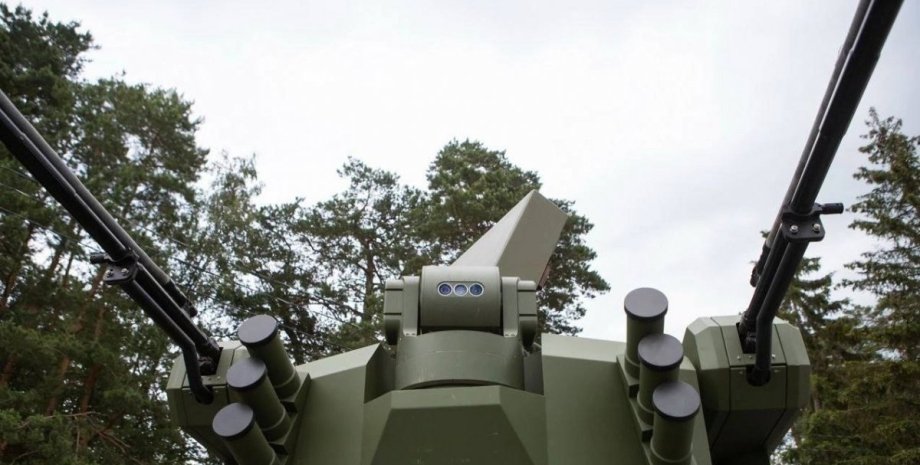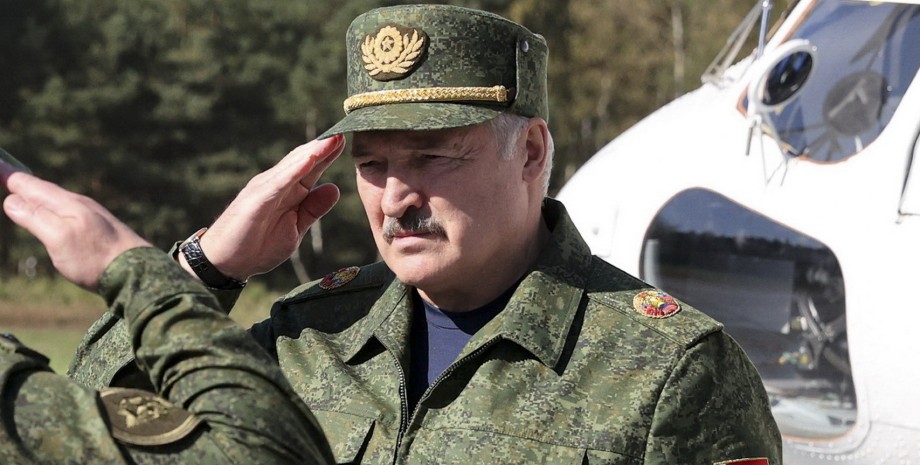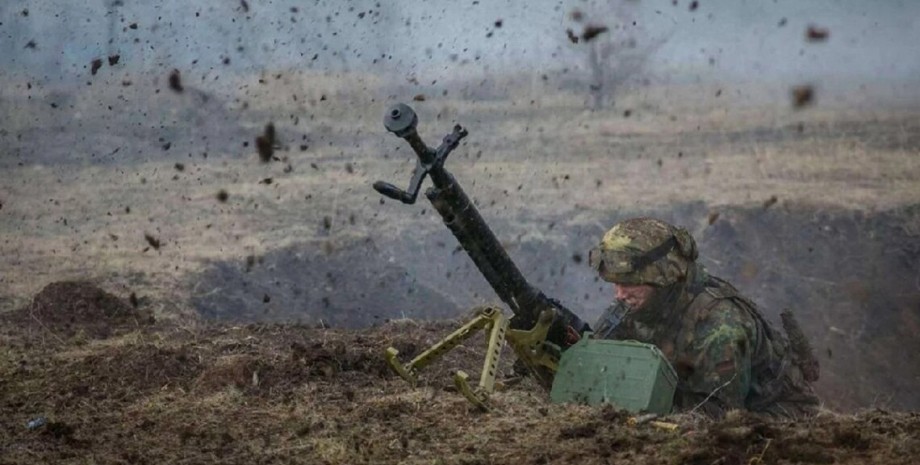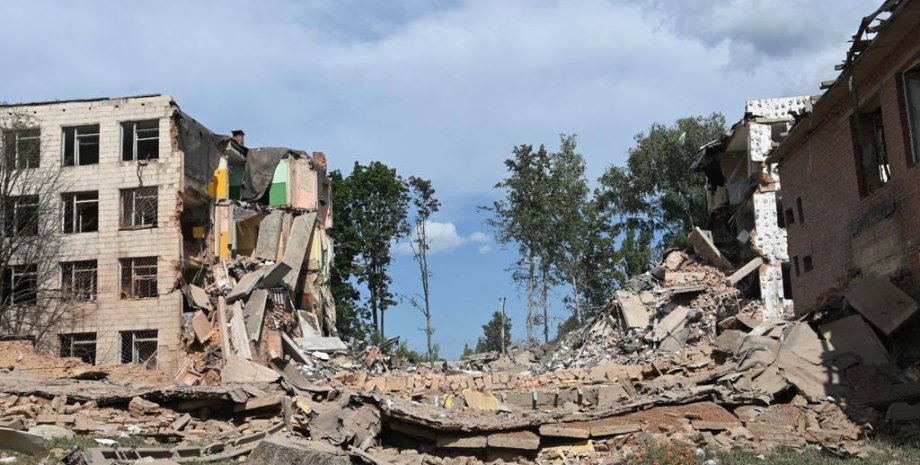
 By Natali Moss
By Natali Moss
According to Sergiy Zgurtse, a military expert and director of the Information and Consulting Company Express, land robotic complexes (NRCs) have become an important element of technological progress in the military sphere, demonstrating new opportunities for combat and logistics tasks. Today, this area is actively developing in Ukraine, and, according to the expert, about a hundred companies, if not more, are engaged in the development of such systems.
Currently, as Zgurets noted, about 200 NRC models have already undergone codification and certification at the Ministry of Defense of Ukraine. This indicates significant progress in the standardization and implementation of robotic technologies in the Armed Forces. "According to the plans for the current year, at least 15 thousand units of land robotic complexes for UAH 6 billion, which is ambitious but achievable purpose, is envisaged.
This amount is confirmed by official statements of officials and reflects the scale of efforts aimed at integrating the expert systems into military practice. " According to Zlourz, the main scope of land drones is 60% related to logistics. These complexes are used to deliver ammunition, food, and other necessary materials on the collision line. In addition, such drones are involved in tasks such as stretching of barbed wire or arrangement of positions.
In combat conditions, robotic platforms perform the functions of delivery of mines to the positions of the enemy, undermining barriers or storage facilities. Particularly noteworthy are systems equipped with machine gun installations, such as platforms with a saber module that allow you to fire from mobile positions. However, despite considerable potential, the use of land drones is accompanied by a number of calls. Sergey Zgurets emphasized that the tactics of using these systems are only formed.
Many landless drones have not yet reached the optimal level of efficiency, in particular due to patency problems. For example, tracked platforms show better results than wheel, especially in complex areas. "Another problem was a limited control range-up to 2 kilometers, which complicated reliable management at greater distances.
To solve this problem began to use drones-retranslators, which expand the radius of action, as well as technology based on fiber, which significantly improved the quality of communication," He also drew attention to the lack of unified approaches to the use of land drones. Due to the wide variety of models with different technical characteristics, the military has to adapt to the available equipment. Each team develops its own tactics, which complicates standardization.
In addition, there is a shortage of prepared operators of these robotic complexes. Not all servicemen are ready to master the management of such systems, which creates additional difficulties. To solve this problem, some manufacturers, such as Ratel, which manufactures a number of effective drones, opens their own operators. In some cases, companies are even actively looking for military personnel ready to learn to work with land drones.
Zgurets stressed that the current stage of development of land robotic complexes can be characterized as a period of "survival of the strongest". Only the best and most technologically perfect samples will be the basis for the further development of tactics and strategies for their use. Currently, such works are already successfully used to deliver mines to hostile positions, partial evacuation of the wounded and the performance of logistics tasks.
However, the evacuation of the wounded remains problematic, since not all robotic platforms are able to cope with the transportation of people in difficult conditions. The expert stressed that the use of land drones partially offset the risks associated with the attacks of enemy drones from the air. Logistics operations that perform work allow to reduce the need for risky personnel, which is important in the current conditions of war.
At the same time, Zgurets noted that in order to fully disclose the potential of the NRC, it is necessary to summarize the accumulated experience, combining technical achievements with effective tactical solutions. In conclusion, the expert expressed the opinion that the current stage is transitional. Ukraine needs to go this path to identify the most effective models of land drones and form clear approaches to their use.
The development of robotic technologies, according to him, is already demonstrating considerable potential, and in the future terrestrial robotic complexes can become an integral part of the military strategy, increasing the safety and efficiency of operations on the battlefield. Recall that Ukrainian defenders began to equip the drones of Mavic with six VOG grenades instead of two, as it was before.










All rights reserved IN-Ukraine.info - 2022